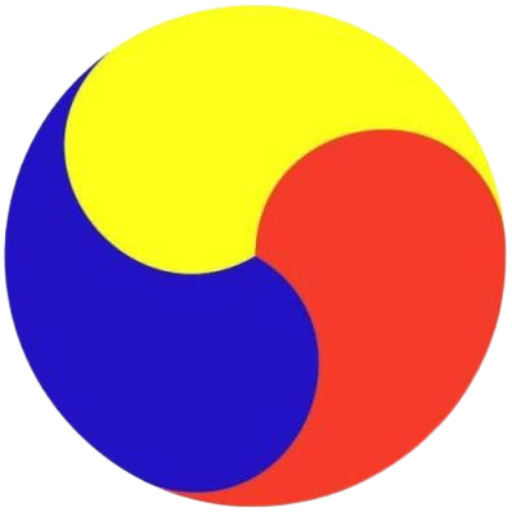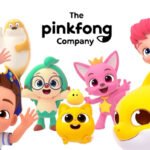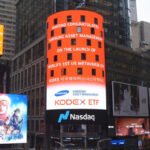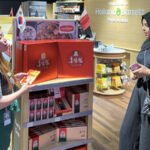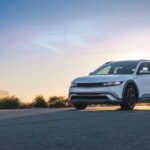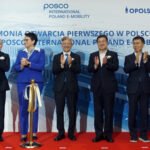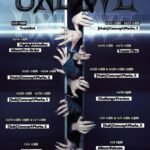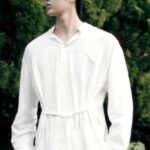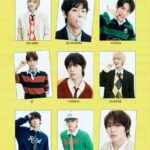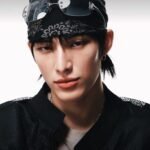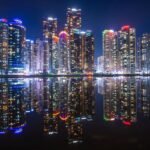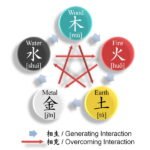Hyundai Steel’s plant in Dangjin, South Chungcheong Province
Hyundai Steel Co., a unit of the South Korean automotive group Hyundai Motor Co., is set to enter the battery materials business by supplying iron powder, a key battery raw material, to lithium ion phosphate (LFP) battery cathode makers as early as next year.
In partnership with battery materials makers L&F Co., EcoPro BM Co. and LG Chem Ltd., Hyundai Steel is test-producing iron powder for use in cathode, a key component of lithium-ion cells, people familiar with the matter said on Friday.
Hyundai has received positive feedback from its battery materials partners, raising chances of commercial production, sources said.
While Hyundai Steel has already been producing iron powder, its use has been limited, primarily as a material for certain car engine parts – a relatively small market.
Korean battery makers plan to begin mass production of LFP batteries as early as 2026
Sources said the company aims to become part of Korea’s battery materials supply chain.
Hyundai is capable of supplying around 50,000 to 60,000 tons of iron powder annually, enough for 1 million EVs, they said.
SHIFT GEARS TO LFP BATTERIES
Korea’s three major battery makers – LG Energy Solution Ltd., SK On Co. and Samsung SDI Co. – have largely produced nickel-cobalt-manganese (NCM) cells.
But they are now shifting gears to produce low-end LFP cells on growing demand for the rival LFP type that is particularly popular among low-end, entry-level electric cars made by Tesla Inc. and other major EV makers.
The Korean trio is expected to produce LFP batteries in large quantities from 2026.
Battery executives visit LG Energy Solution’s booth and look at its cell-to-pack battery concept during Interbatttery 2024
LFP batteries are mostly made by Chinese companies, including Contemporary Amperex Technology Co. Ltd. (CATL), the world’s top battery maker, and BYD Co.
LFP cells are lower in energy density but cheaper to make compared to other types such as NCM batteries, and thus more suitable for low-end EV models. LFP batteries are also more stable, meaning they are less susceptible to fire.
CATHODES FOR LFP BATTERIES
Domestic battery materials makers are gearing up for LFP cathodes.
Companies such as L&F and EcoPro BM are known to begin mass production of LFP cathodes around the end of next year.
They will initially produce 45,000 tons a year of LFP cathodes, respectively.
NMC vs LPF batteries
LG Energy’s parent company LG Chem plans to start mass production of LFP cathodes as early as 2027, according to industry officials.
LG Energy, the world’s second-largest battery maker, said in July it has clinched a multi-billion-dollar deal to supply LFP batteries for low-end electric vehicles to Renault Group’s EV unit Ampere.
Under the five-year contract, LG will provide LFP batteries to Ampere from late 2025 through 2030, with a total capacity of some 39 GWh, enough for 590,000 EVs.
While Korean battery materials makers will receive iron powder from domestic suppliers, they are expected to continue to import two other LFP cathode materials – lithium and phosphate – from Chinese companies, industry officials said.
Hyundai Steel’s advance into the battery raw materials business comes as the domestic steel industry is reeling from a supply glut, triggered by Chinese steelmakers’ aggressive steel exports.
Hyundai Steel’s operating profit this year is estimated by market analysts at 450.3 billion won ($338 million), down sharply from a high of 2.45 trillion won in 2021.
By Sang-Hoon Sung
uphoon@hankyung.com
In-Soo Nam edited this article.
